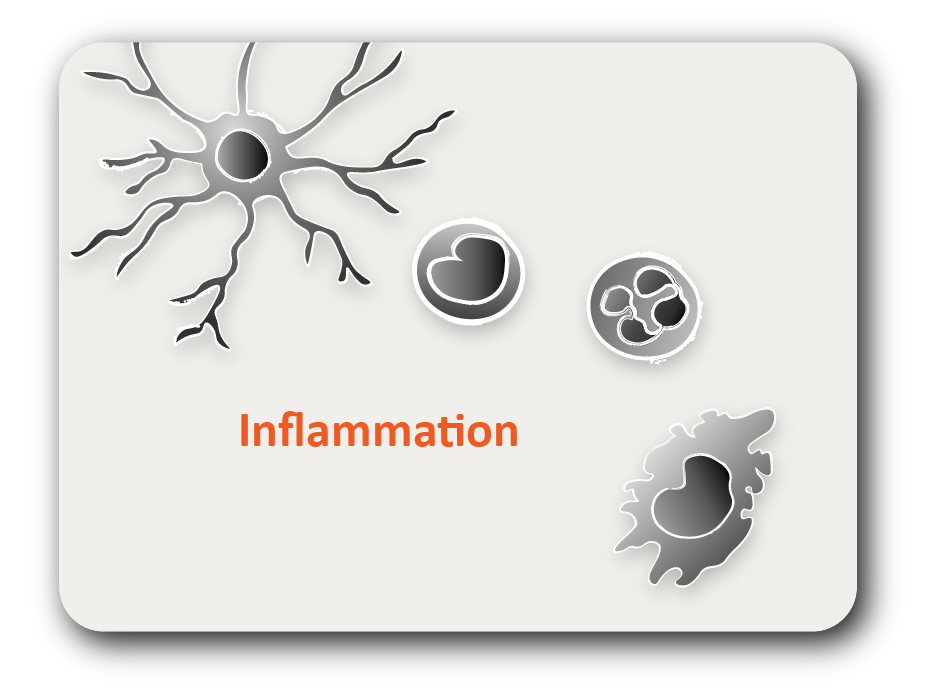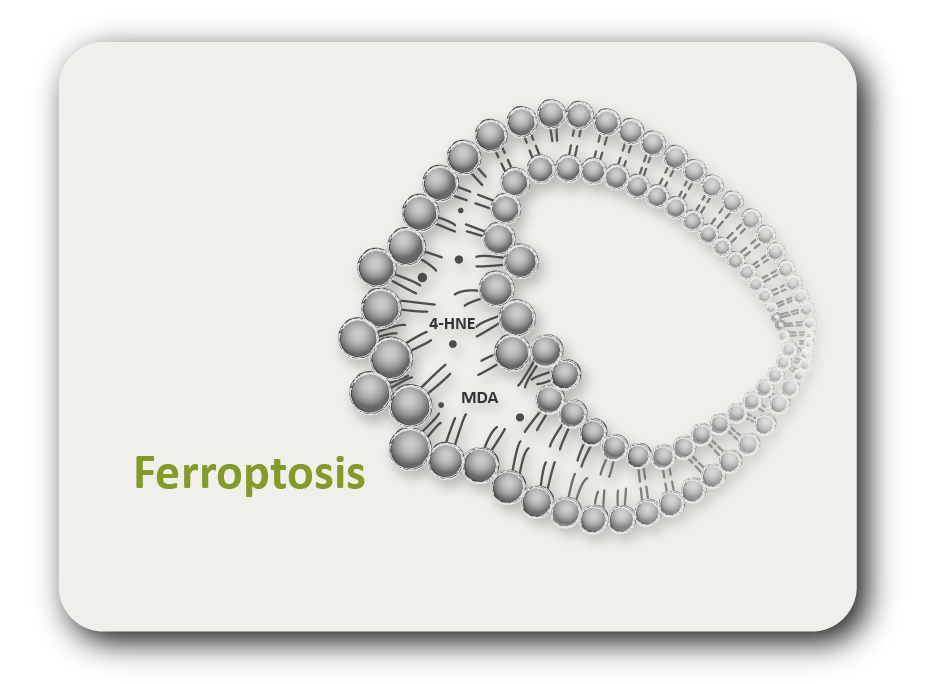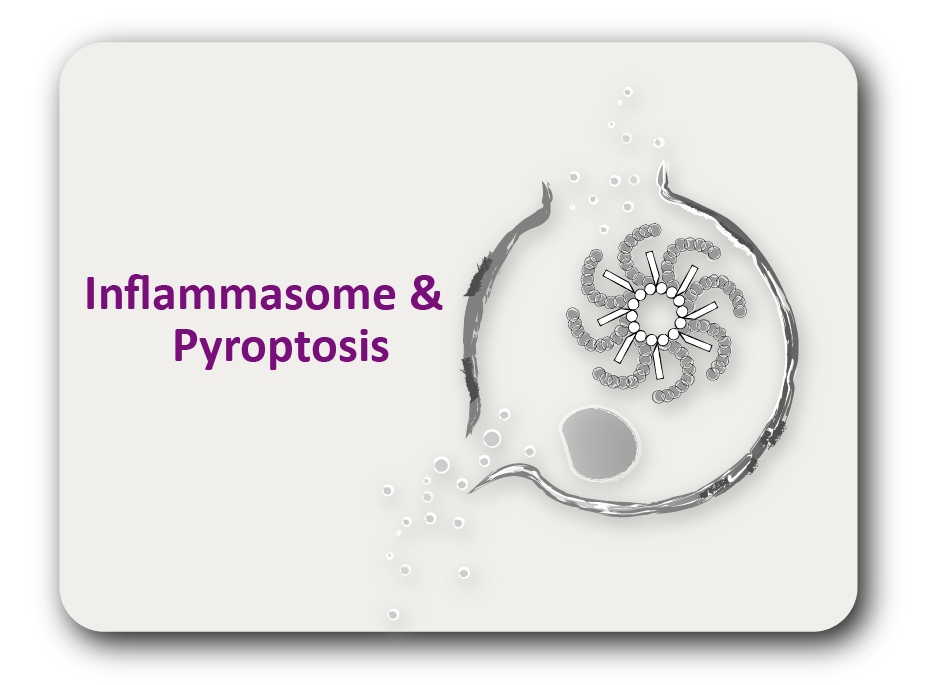ARG70526
Human CD271 recombinant protein (His-tagged)
Human CD271 recombinant protein (His-tagged) for SDS-PAGE
概述
| 产品描述 | HEK293 expressed, His-tagged Human CD271 recombinant protein |
|---|---|
| 应用 | SDS-PAGE |
| 靶点名称 | CD271 |
| A.A. 序列 | Lys29 - Asn 250 |
| 表达系统 | HEK293 |
| 別名 | NGFR; Nerve Growth Factor Receptor; TNFRSF16; P75NTR; CD271; Tumor Necrosis Factor Receptor Superfamily Member 16; Low-Affinity Nerve Growth Factor Receptor P75NGFR; Low-Affinity Nerve Growth Factor Receptor P75NGR; Low Affinity Neurotrophin Receptor P75NTR; Low-Affinity Nerve Growth Factor Receptor; TNFR Superfamily, Member 16; NGF Receptor; Gp80-LNGFR; P75 ICD; Nerve Growth Factor Receptor (TNFR Superfamily, Member 16); Low Affinity Nerve Growth Factor Receptor; CD271 Antigen; P75(NTR) |
属性
| 形式 | Powder |
|---|---|
| 纯化说明 | Endotoxin level is<0.1 EU/µg of the protein, as determined by the LAL test. |
| 纯度 | > 95% (by SDS-PAGE) |
| 缓冲液 | PBS (pH 7.4) |
| 复溶 | It is recommended to reconstitute the lyophilized protein insterile water to a concentration not<200 μg/ml and incubate the stock solution for at least 20 min at room temperature to make sure the protein is dissolved completely. |
| 存放说明 | For long term, lyophilized protein should be stored at -20°C or -80°C. After reconstitution, aliquot and store at -20°C or -80°C for up to one month. Storage in frost free freezers is not recommended. Avoid repeated freeze/thaw cycles. Suggest spin the vial prior to opening. |
| 注意事项 | For laboratory research only, not for drug, diagnostic or other use. |
生物信息
| 基因名称 | NGFR |
|---|---|
| 全名 | Nerve Growth Factor Receptor |
| 背景介绍 | Nerve growth factor receptor contains an extracellular domain containing four 40-amino acid repeats with 6 cysteine residues at conserved positions followed by a serine/threonine-rich region, a single transmembrane domain, and a 155-amino acid cytoplasmic domain. The cysteine-rich region contains the nerve growth factor binding domain. [provided by RefSeq, Jul 2008] |
| 生物功能 | Together with BFAR negatively regulates NF-kappa-B and JNK-related signaling pathways. [Uniprot] |





